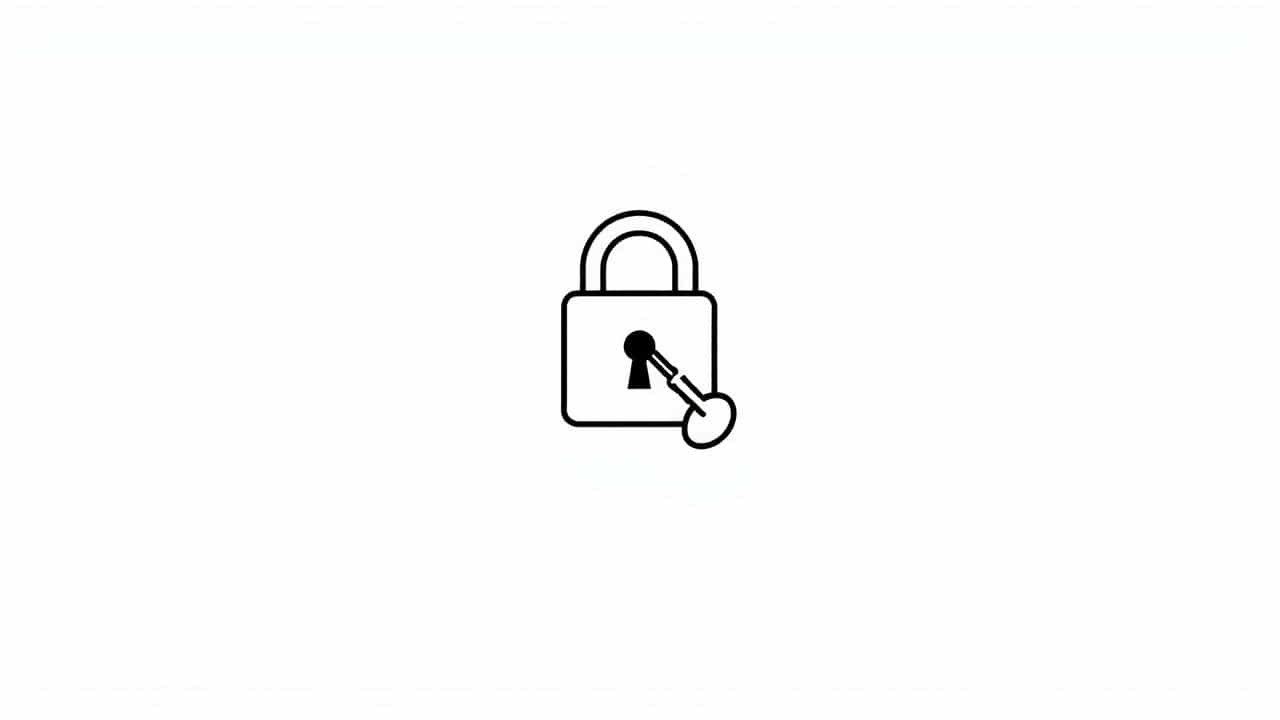A substitution cipher is one of the oldest and simplest methods of encrypting messages. It works by replacing each letter in the plaintext with another letter, number, or symbol. This method has been used for centuries to protect sensitive information and is still studied in modern cryptography.
In this topic, we will explore how substitution ciphers work, their different types, historical significance, and modern applications.
1. What Is a Substitution Cipher?
A substitution cipher is an encryption technique where each character in the original message (plaintext) is replaced with a corresponding character from a predefined system. The receiver needs a key or cipher alphabet to decrypt and read the original message.
How It Works
-
A substitution system is created where each letter is mapped to another letter or symbol.
-
The message is written in its encrypted form using the cipher system.
-
The receiver, who knows the system, can reverse the substitution to read the original message.
Example of a Simple Substitution Cipher
Let’s substitute each letter with the next letter in the alphabet:
-
Plaintext: HELLO
-
Ciphertext: IFMMP
To decrypt, the receiver shifts each letter back one position.
2. Types of Substitution Ciphers
There are different types of substitution ciphers, each with its own method of replacing letters or symbols.
A. Simple Substitution Cipher
This method replaces each letter with a fixed, unique substitute throughout the message. The Caesar cipher is one of the most famous examples.
Caesar Cipher
-
Shifts each letter by a fixed number of places in the alphabet.
-
Example: If the shift is 3, A becomes D, B becomes E, etc.
-
Plaintext: ATTACK
-
Ciphertext (Shift 3): DWWDFN
B. Monoalphabetic Substitution Cipher
Each letter is replaced with another letter, but the mapping is not based on a shift. Instead, a scrambled alphabet is used.
Example
-
Regular alphabet: ABCDEFGHIJKLMNOPQRSTUVWXYZ
-
Cipher alphabet: QWERTYUIOPASDFGHJKLZXCVBNM
-
Plaintext: HELLO
-
Ciphertext: ITSSG
C. Homophonic Substitution Cipher
Each letter in the plaintext can be replaced by multiple possible substitutes, making frequency analysis harder.
Example Mapping
-
A â 12, 58, 90
-
B â 23, 44, 71
-
Plaintext: ABA
-
Ciphertext: 12 44 90
D. Polyalphabetic Substitution Cipher
Instead of using a single substitution pattern, multiple different substitution alphabets are used.
Vigenère Cipher
-
Uses a keyword to determine shifting values.
-
More secure than simple substitution because letters are replaced differently based on position.
-
Example with keyword "KEY":
-
Plaintext: HELLO
-
Ciphertext: RIJVS
-
E. Playfair Cipher
-
Uses pairs of letters instead of single-letter substitution.
-
Encrypts messages using a 5×5 grid of letters.
-
Example:
-
Plaintext: MEET ME
-
Ciphertext: NXFI NX
-
3. Strengths and Weaknesses of Substitution Ciphers
While substitution ciphers provide basic encryption, they are not foolproof against modern cryptanalysis techniques.
Advantages
â
Simple to implement – Easy to encode and decode manually.
â
Used for historical and educational purposes – Helps in understanding basic cryptographic principles.
â
Can be modified for higher security РMore complex versions like Vigen̬re and Playfair offer better security.
Disadvantages
â Easy to break using frequency analysis – The most common letters in a language remain frequent in ciphertext.
â Not suitable for modern security needs – Can be cracked quickly with computers.
â Limited key strength – Many simple substitution ciphers use predictable patterns.
4. How to Break a Substitution Cipher
Even though substitution ciphers were effective in ancient times, modern cryptography has made them easier to break using various techniques.
A. Frequency Analysis
-
Every language has common letters (e.g., E, T, A, O in English).
-
If a letter appears frequently in the ciphertext, it is likely to be a common letter in plaintext.
B. Letter Pairing (Bigram and Trigram Analysis)
-
Common letter pairs (th, he, in, er) can help identify patterns in ciphertext.
-
Words like theâ or andâ appear frequently and can be guessed.
C. Brute Force Attack
-
Testing all possible substitutions systematically.
-
Not efficient for polyalphabetic ciphers but works for simple ciphers.
D. Known Plaintext Attack
-
If part of the plaintext is known, the substitution pattern can be partially reconstructed.
-
Attackers can use these clues to deduce the full encryption key.
5. Modern Uses of Substitution Ciphers
Although substitution ciphers are not used for serious encryption today, they still play a role in various fields.
A. Puzzles and Games
-
Used in escape rooms, treasure hunts, and puzzle games.
-
Appears in cryptography challenges and competitions.
B. Steganography and Hidden Messages
- Some people use substitution ciphers for hidden messages in documents.
C. Historical Research
- Cryptologists analyze old encrypted texts to decode ancient messages.
D. Educational Purposes
-
Teaching basic cryptography concepts in schools and universities.
-
Helps students understand encryption techniques before learning more advanced methods.
6. Evolution of Cryptography: Beyond Substitution Ciphers
Modern cryptography has moved far beyond basic substitution ciphers. Today, more advanced encryption techniques provide stronger security for digital communication.
A. Symmetric Encryption (AES, DES)
-
Uses a single secret key for encryption and decryption.
-
The Advanced Encryption Standard (AES) is widely used for secure data protection.
B. Asymmetric Encryption (RSA, ECC)
-
Uses public and private keys for secure communication.
-
Commonly used in online banking and secure transactions.
C. Quantum Cryptography
-
Future encryption methods aim to be unbreakable using quantum mechanics principles.
-
Quantum key distribution (QKD) ensures absolute security.
The substitution cipher is one of the simplest yet most historically significant encryption methods. While it is no longer secure for modern applications, it remains a fundamental concept in cryptography.
Understanding substitution ciphers helps us appreciate how encryption has evolved and why modern security measures are essential for protecting sensitive information.
